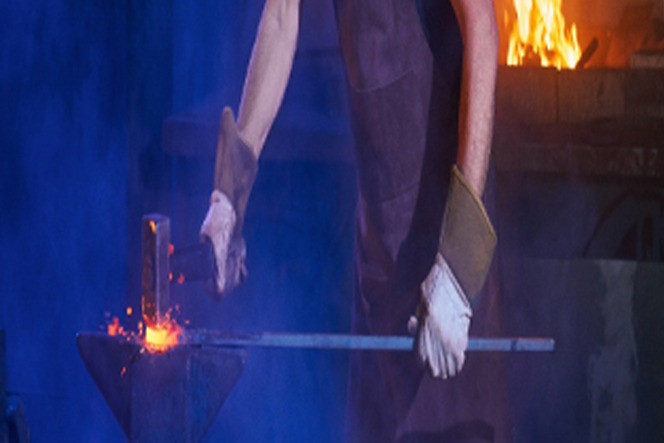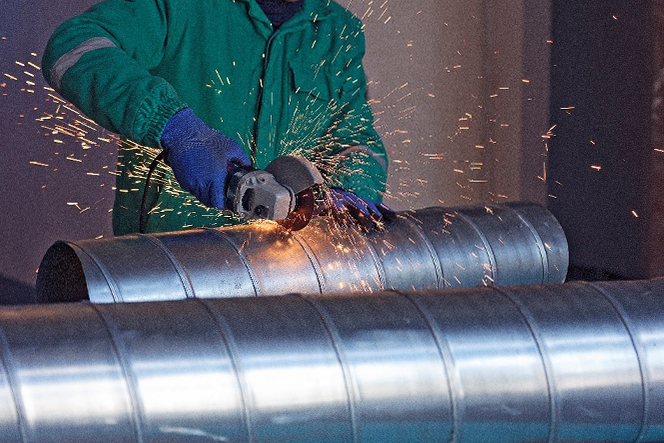Parthsteel Stainless steel wire rods are essential materials found across many sectors, including building, vehicles, and manufacturing. The intricate series of steps inherent in manufacturing these rods ensures the alloy maintains its robustness, long-lasting quality, and imperviousness to decay over time.

The manufacturing process comprises the right choice of the raw materials that are used in the production of a definite product. Stainless steel wire rods consist mostly of iron, chromium, nickel and another alloying component part. The final material depends with the grade as well as uses of the wire rod to be produced through the process. Corrosion resistance is increased by chromium inclusion and the addition of nickel is responsible for strength and ductility.
The raw materials selected for this case are smelted using an electric arc furnace (EAF) or an induction furnace. One of the high-temperature steps reaching between 1,600°C up to 1,800°C ensures proper mixing of the metals. Impurities are removed at this stage and the specific alloying elements are added to get the exact chemical composition.
Once melted, the molten steel goes through refining processes that include:
Once the stainless steel is molten it is then taken to the continuous casting machine and formed into billets. These billets are in the form of long, rectangular, or square-cross sections semi-finished products. Casting makes the material to have a uniformity on the surface and after that prepares the material for additional forming.

The billets are reheated in with the help of reheating furnace to make them soften for shaping. It is then rolled through a sequence of Rolling mills to lessen the cross-sectional area and form its structure to that of a Wire Rods. This process is performed at temperatures higher that the recrystallization points of steel, which allows obtaining required size and mechanical characteristics.
After the wire rods have been rolled to the required diameter they are cooled by the use of controlled cooling. This step is important in avoiding formation of defects, and also to achieve homogeneous group metallurgical characteristics. The cooled wire rods are then coiled into bundles convenient as far as handling and transportation of the product is concerned.
In order to make the requirements of wire rods better and more practical, surface treatments are usually used.
These treatments may include:
It is a production procedure that every single batch of stainless-steel wire rods is given quality check to meet industry and customer requirements.
Tests include:
Send your enquiry to
sales@parthsteel.com